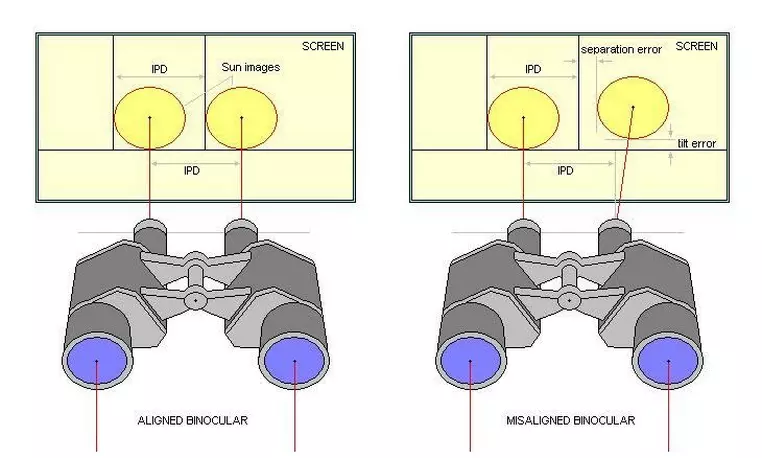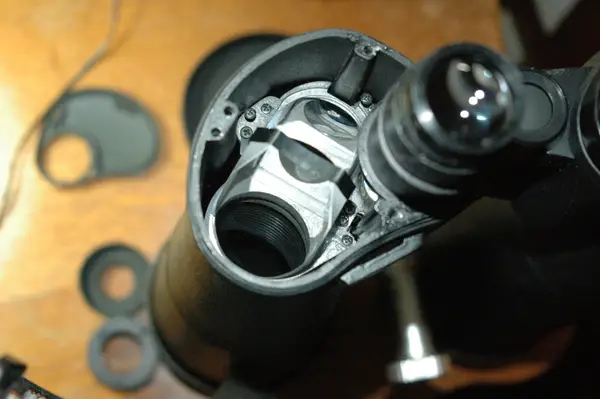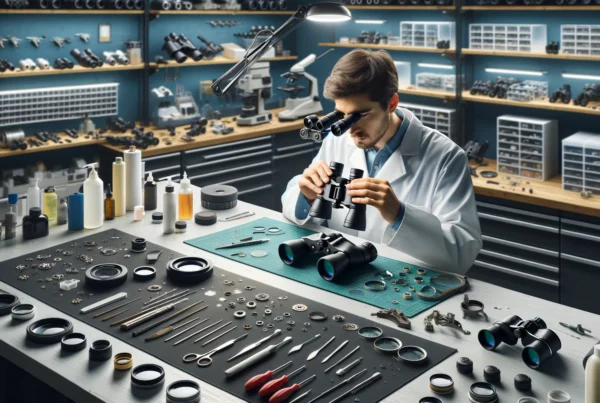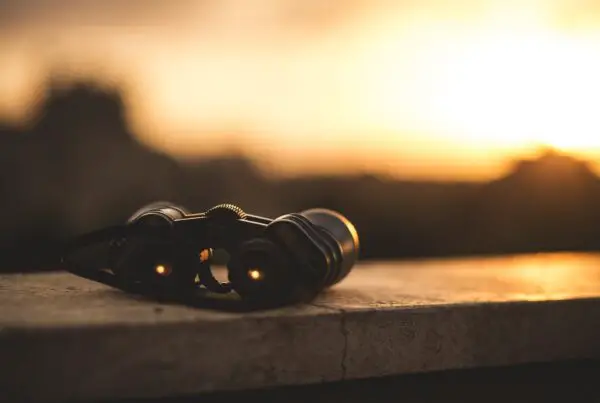Contents
Collimation is the process of aligning the optical elements of a device so that they are in proper optical alignment. This is important for binoculars because if the lenses are not properly aligned, the images will be blurry and difficult to see.
If you are having difficulty seeing clearly through your binoculars, it is likely that they are in need of collimation. The first thing to check is that the eyepieces are clean and free of any smudges. If the lenses are clean and the problem persists, it is likely that the binoculars are out of collimation.
Purpose of Collimation
The purpose of collimation is to ensure that the optics of the binoculars are properly aligned so that the image seen through the binoculars is sharp and clear.
“Collimation is the process of aligning the optical components of a system so that they are all in the same plane. This ensures that light passing through the system is focused correctly and produces a clear image.”
If the optics are not properly aligned, the image will appear blurry and distorted. Collimation is therefore essential for getting the best possible performance from binoculars.
Methods of Collimation

There are a number of ways to collimate binoculars. The most common method is to use a collimating eyepiece, which is a special eyepiece that contains a grid or other reticle that can be used to align the optics.
Another method is to use a laser collimator, which projects a beam of light through the binoculars and onto a target. By aligning the beam with the target, the optics can be properly aligned.
Eyepiece Collimation
The eyepiece collimation method of binoculars is a simple way to make sure your binoculars are aligned correctly. This method uses the eyepieces of the binoculars to help align the lenses.
First, you will need to remove the caps from the eyepieces. Next, look through the binoculars at a distant object. You should see two images of the object, one from each lens. If the images are not lined up, you will need to adjust the lenses until they are. Once the images are lined up, you can replace the caps on the eyepieces.
There are other methods of collimating binoculars, but the eyepiece collimation method is the simplest. This method can be used with any type of binoculars, including those with refractive lenses.
Laser Collimation
The laser collimation method of binoculars uses a laser beam to align the optics of the binoculars. This ensures that the binoculars are correctly focused and that the images are correctly aligned.
A laser beam is projected through the optics of the binoculars and is reflected off of a mirror. The reflected beam is then projected onto a target. The binoculars are then adjusted so that the laser beam is correctly aligned with the optics. This ensures that the binoculars are correctly focused and that the images are correctly aligned.
The laser collimation method is an effective way to ensure that the binoculars are correctly focused and that the images are correctly aligned. This method is quick and easy to use and does not require any special tools or equipment.
How to Know that Your Binoculars Need Collimation
If your binoculars are showing a double image, or the images are not in alignment, your binoculars need collimation.
Defocusing
Defocusing a lens results in a decrease in the resolution of the image that the lens produces. This is why lenses need to be collimated in order to produce a clear image.
Double Image
Double image means that two images are side by side instead of one image being on top of the other. This happens when the two lenses in the binoculars are not aligned correctly. To fix this, the lenses need to be collimated, or aligned.
Binoculars Collimation — Important Steps

The process of binoculars collimation involves making small adjustments to the position of the lenses and mirrors in the binoculars so that the images seen through the left and right eyepieces are perfectly aligned. This ensures that the binoculars are providing the best possible image quality.
Examine the Binoculars
The first step is to examine the binoculars and make sure that the binoculars are level. This can be done by placing them on a flat surface or by using a spirit level.
Adjust the Focus
In this step, look through the binoculars and adjust the focus until the images seen through the left and right eyepieces are as sharp as possible.
Adjust the Position
Once the images are in focus, the next step is to adjust the position of the lenses and mirrors so that the images seen through the left and right eyepieces are perfectly aligned. This is done by slowly moving the lenses and mirrors until the images line up perfectly.
Make the Adjustments
The final step is to make fine adjustments to the focus until the images are as sharp as possible. Once the binoculars are properly aligned and focused, they should provide the best possible image quality.
Why Collimation of Binoculars is Beneficial?
Some of the benefits of collimating your binoculars include:
Increased image sharpness and contrast
When the optical elements are perfectly aligned, light can pass through them without being scattered or diffracted. This results in images that are sharper and have higher contrast.
Reduced eye fatigue
If the optical elements are not properly aligned, your eyes have to work harder to process the image. This can lead to eye fatigue and headaches.
Improved depth perception
Binoculars that are properly collimated will provide a more three-dimensional image, making it easier to judge distances.
Greater clarity at low light levels
Because light is not scattered or diffracted when the optical elements are aligned, binoculars that are collimated will perform better in low light conditions.
Greater durability
Optical elements that are properly aligned are less likely to become misaligned due to bumps or rough handling.
To Conclude
Collimation of binoculars is important because if the binoculars are not properly collimated, then the two images seen through the binoculars will not be properly aligned, and this can cause eye strain and headaches.In order to avoid these problems, it is important to make sure that the binoculars are properly collimated.Collimating your binoculars is not a difficult process, but it does require a bit of patience and attention to detail.

A Binoculars enthusiast, who love exploring skies and watching birds. It is my hobby to collect Binoculars of different kinds and try to explore the world through various lenses. This is all I do to explore happiness by magnifying my beautiful world.





Some really nice and utilitarian info on this website, likewise I think the pattern holds superb features.